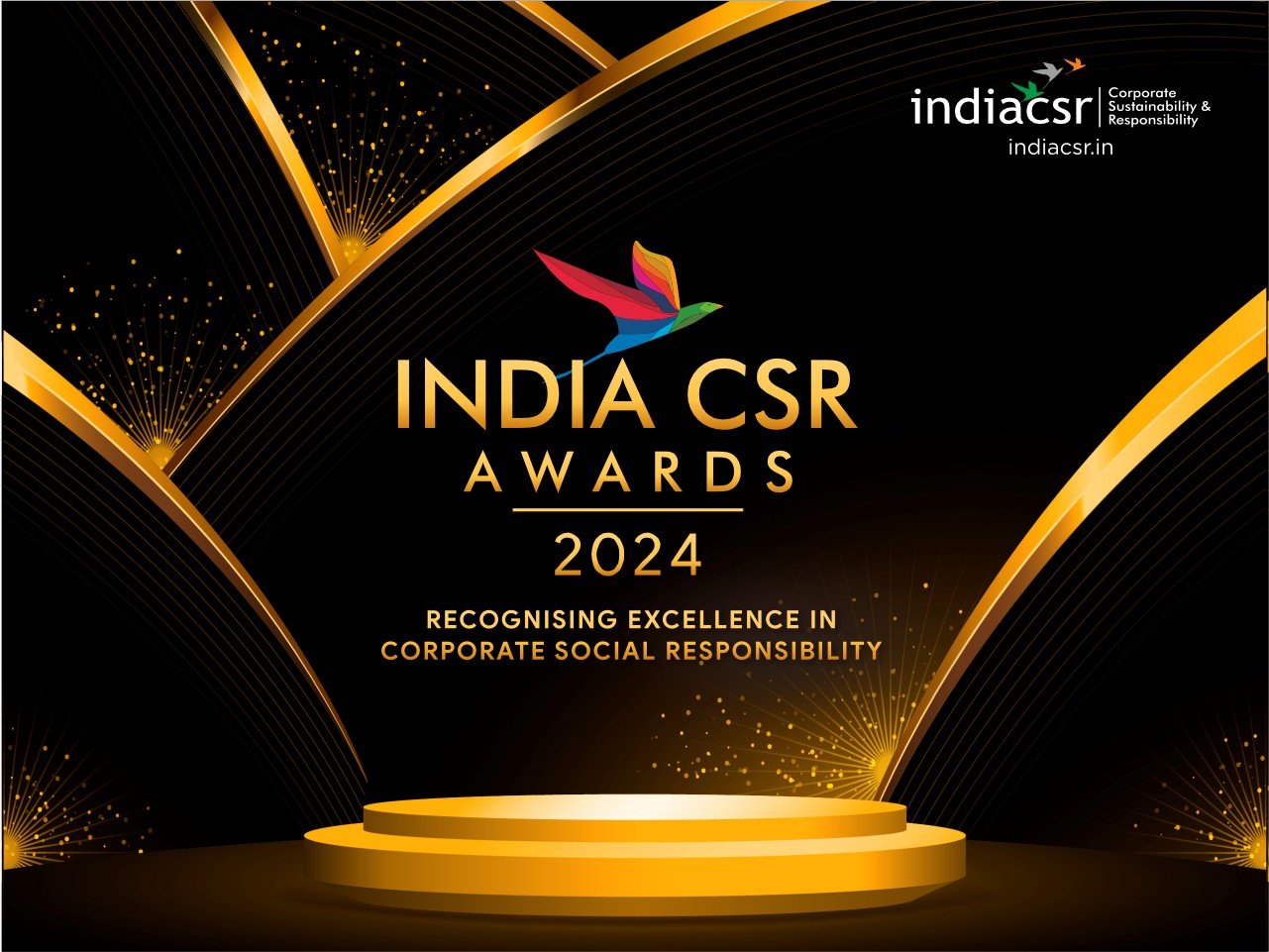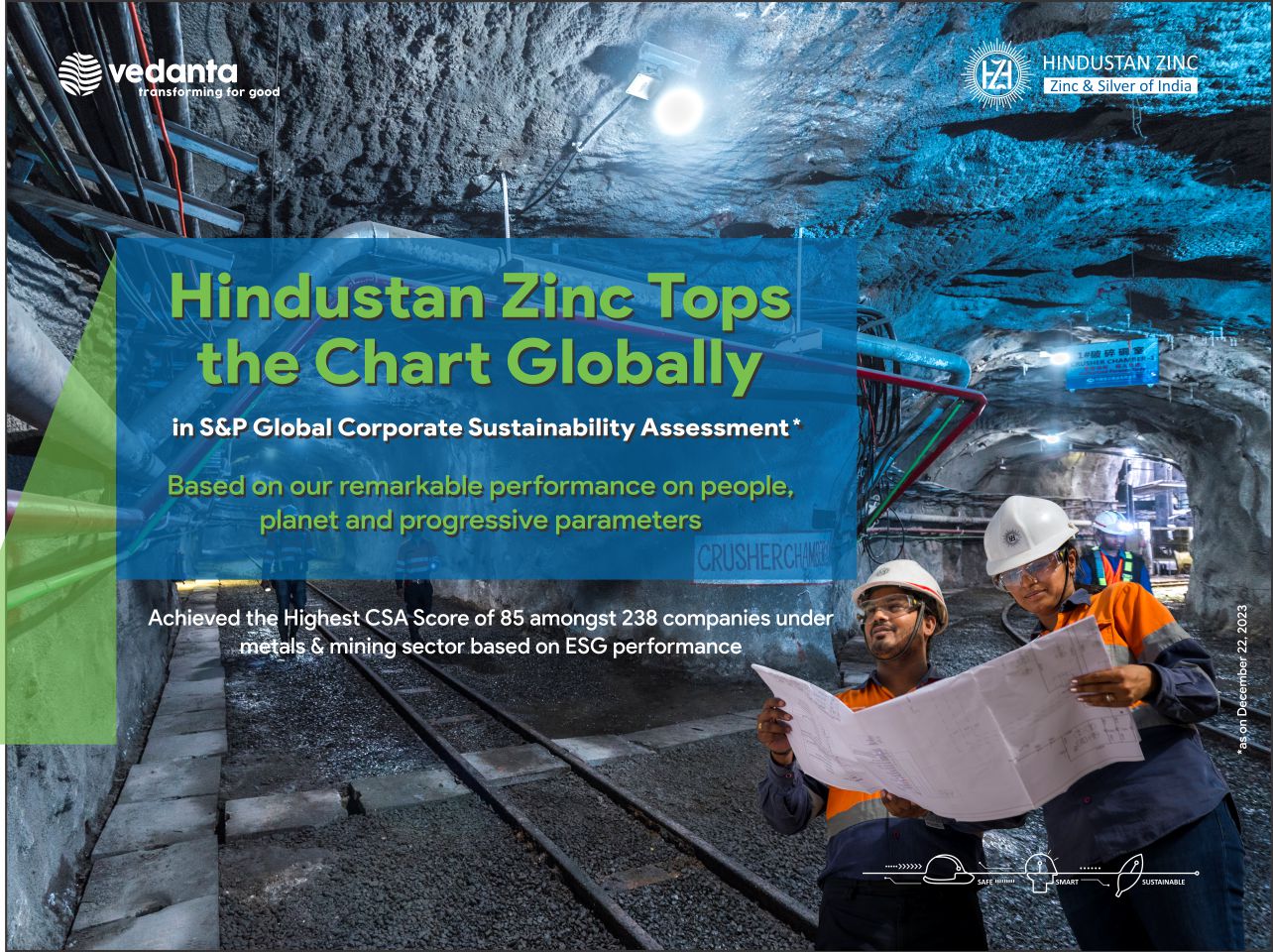By Vivek Mehra
Sustainability is often regarded as a marketing gimmick by many organizations – useful for selling their products and services to sophisticated, woke buyers. However, with growing regulatory reporting requirements, such as SEBI’s BRSR in India, or the EU’s CBAM and CSRD, fostering a true culture of sustainability within an enterprise is not just a moral imperative but also a strategic necessity. Sustainability is not just caring for the environmental impact of business activity, but also includes social responsibility, development of human capital and of course economic viability.
Building a sustainability culture in any organization benefits an organization through energy cost-savings, customer loyalty and supply chain efficiencies. This however, requires a concerted effort that integrates sustainability principles into every operational aspect, from product or service design, manufacturing, operations, human resources, sales, marketing and information technology. Cultural mores are always defined at the top by the leadership, and cascade down as values to employees and other stakeholders. There are six principal considerations discussed below that help to establish a culture of sustainability.
1. Leadership Focus
C-suite executives must champion sustainability as a core value, embedding it into the organization’s mission, vision, and strategic objectives. Leaders should articulate the business case for sustainability, emphasizing its long-term benefits for stakeholders, investors and suppliers, transcending short-term gains. By demonstrating personal commitment and allocating resources to sustainability initiatives, leaders set the tone for the entire organization. Investments in building a culture of sustainability yield long-term benefits in terms of resilience, reputation, and competitiveness. A leadership that embraces responsible stewardship ensures that the organization remains committed to sustainability, regardless of market fluctuations or economic pressures.
2. Sustainability by Design
Sustainability cannot be an afterthought; it must be integrated into the organization’s core business practices and into the design of products and services. Operationally, this involves conducting comprehensive sustainability assessments and continuous carbon emissions monitoring. Areas for improvement should be identified and clear goals should be set, aligned with environmental, social, and governance (ESG) principles. These goals should be cascaded across the organization’s supply chain to realize a greener ecosystem and shared benefits.
3. Sustainability Stewardship
An organizational steward such as a Sustainability Team or Division has to be created, funded and bolstered. A key role will be to provide comprehensive, mandatory training on sustainability practices and their importance will instill a sense of ownership and responsibility among employees. Secondarily, establishing robust monitoring and reporting mechanisms ensures accountability and enables continuous improvement.
Sustainability stewardship therefore has to include stewardship of sustainability data, in partnership with the company’s IT, Operations, Energy, Product Design, Quality, Supply Chain, Human Resources and Compliance teams. This data includes Environmental, Social, and Governance goals, metrics, and assessment reports which make divisional accountability, operational transparency, and external trust and credibility possible. This team needs to evangelize a culture of open communication and empowerment that allows employees to contribute ideas and innovations that further sustainability objectives.
4. Collaboration
An organization cannot claim to be sustainable without the support of its supply chain partners. Collaboration is key to advancing sustainability goals not just to leverage the collective expertise and resources of ecosystem partners, but also to align goals and sustainability metrics. Collaborative initiatives can include continuous carbon emissions monitoring using shared technologies, use of alternate materials, energy savings programs, industry-wide standards development and other advocacy efforts.
5. Innovation
Product and services Innovation should include sustainability as a core principle. Reducing capital expenditures for transitioning to alternate materials, circularity across supply chains, reducing waste, or implementing renewable energy sources will require innovation. Encouraging a culture of creativity and experimentation empowers employees to develop novel solutions that accelerate sustainability performance. A key imperative is to partner with external technology, energy or materials startups that offer the latest technologies to accelerate sustainability initiatives.
6. Incentives
Organizations should recognize and reward sustainability achievements to reinforce desired behaviors and motivate further engagement. These can be incentives such as bonuses, awards, or career advancement opportunities for employees who demonstrate exemplary commitment to sustainability. Celebrating milestones and sharing success stories will boost morale. Involving supply chain partners will ensure that successes are consistent and not episodic.
Cultivating a culture of sustainability is a journey that requires a strong leadership commitment, continuous tracking of sustainability metrics against stated goals, innovation, and a data-centric, collaborative approach that extends to an organization’s supply chain partners. By aligning leadership vision, integrating sustainability into core business practices, engaging employees and stakeholders, and fostering a culture of transparency and accountability, enterprises can build resilience, mitigate risks, and create value for society and the environment. Organizations that build a culture of sustainability realize ESG regulations are an opportunity to establish long-lasting market leadership.
About the Author
Vivek Mehra Co-Founder and Chief Sustainability Officer, Onlygood.
























